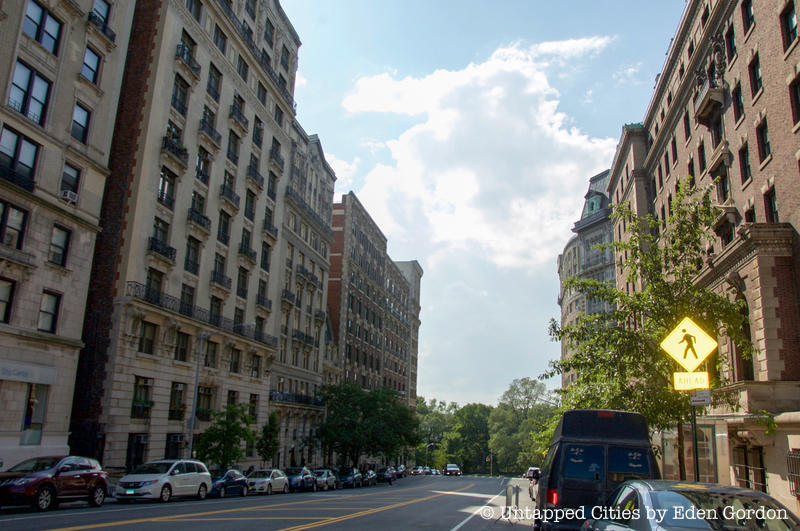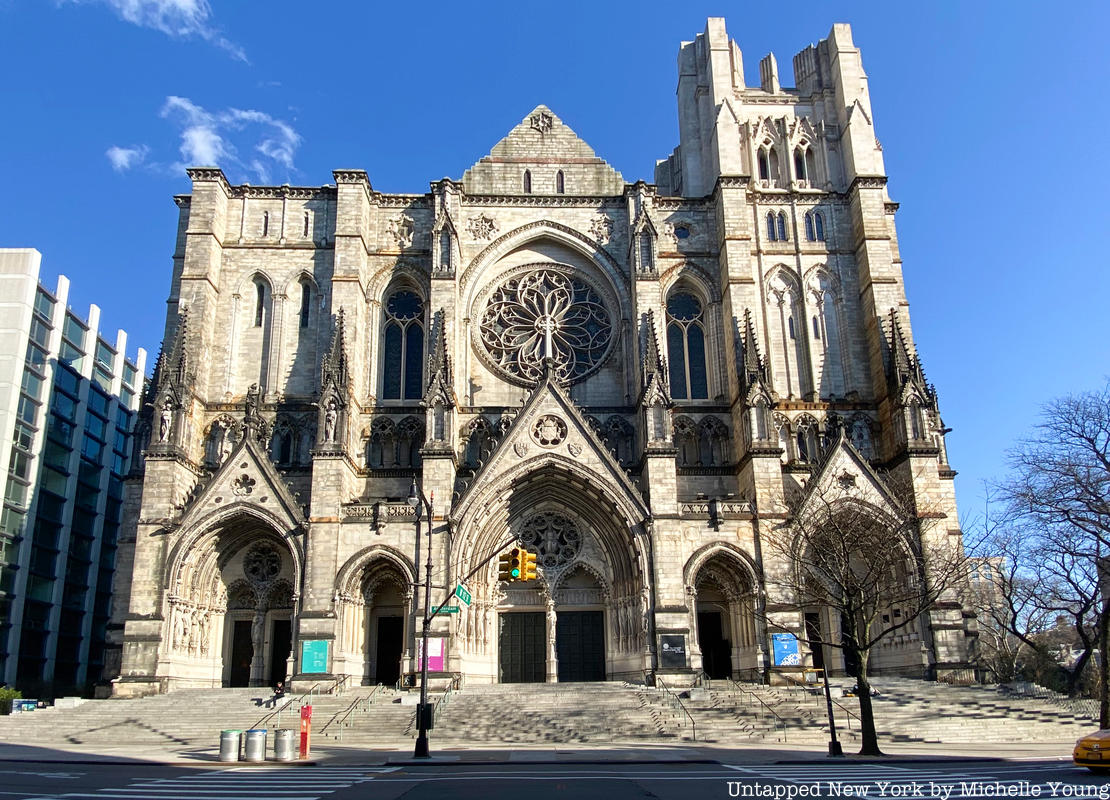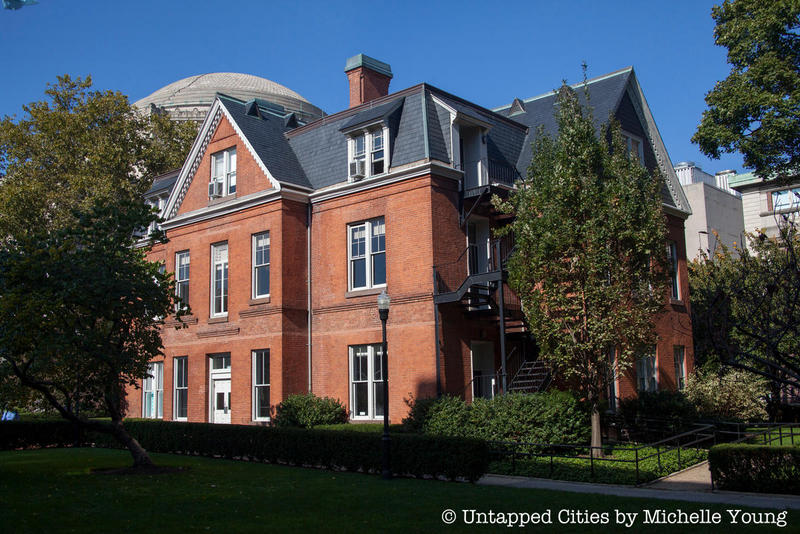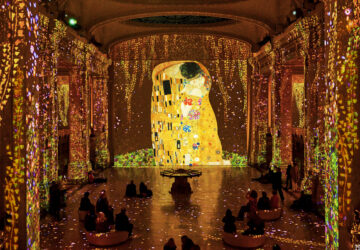
Morningside Heights, the area between 110th and 125th street on Manhattan’s Upper West Side, is home to many famous landmarks including Columbia University and Riverside Park, next to the Hudson River. In its early days, Morningside was known as Vanderwater Heights, named after its original 17th century landowner. In the 1890s, its name was changed to “Morningside” because of its location by the Hudson, which made it a prime location for watching the sunrise. Eventually, the neighborhood became a home for the upper middle class, but grew less desirable in the latter half of the 20th century.
Today, Morningside Heights is a racially and ethnically diverse neighborhood that is home to a wide variety of groups – though charges of gentrification abound. Still, the area is full of surprises and history—once you know where to look. This relatively quiet uptown spot has many hidden gems, including peacock-inhabited gardens, cozy cafes, and remnants of the insane asylum that used to call it home.
Historical Sites
Vertical Tour of Cathedral of St. John the Divine

The Cathedral of St. John the Divine is an imposing force that commands instant attention, and so it is a natural place to begin your tour of Morningside Heights. The cathedral was officially chartered in 1878, but did not come close to being finished until 1925, when cathedral trustee Franklin D. Roosevelt chaired a fundraising drive to complete the building. Its construction continued through 1941, when the bombing of Pearl Harbor halted the process. For 32 years, nothing was added to the cathedral, which lay unfinished. Since then, some restoration work has been done, but the cathedral was never actually finished.
The cathedral offers several tours, including the behind-the-scenes “Vertical Tour,” during which visitors climb 124 feet up hidden spiral staircases and over buttresses while learning about the cathedral’s architecture, stained glass windows, and storied history. The tour culminates in a beautiful view of Manhattan, seen from a perch usually reserved for the birds on Gothic cathedral’s roof.
In addition, the cathedral’s Biblical gardens are home to three peacocks, one white and two blue, all of which walk freely around the grounds.
Buell Hall

Before there was Columbia University, there was the Bloomingdale Insane Asylum. This home for the mentally ill dates back to when New York was New Amsterdam, governed by the Dutch. The asylum was chartered in 1771 and was completed by 1821, and began accepting patients that year. Starting in 1841, poorer patients were moved to the New York City Lunatic Asylum, located on what is now Roosevelt Island, so the majority of Bloomingdale residents were from upper-class families.
In 1872, the journalist Julius Chambers conducted an undercover investigation into the asylum, staying there for ten days. Afterwards, he published a series of articles in The New York Times that exposed various abuses suffered by inmates, and this led to major staff changes and ultimately spelled the asylum’s downfall.
In 1892, the asylum sold its land to Columbia University. Only one building still remains, acting as a spectral memory of a past that has otherwise been long buried. Buell Hall is an unimposing reddish-colored building that now houses the Maison Française, Columbia’s French cultural center and classrooms for the Graduate School of Architecture, Planning and Preservation, which runs the Arthur Ross Architecture Gallery, and the Buell Center.
Almost unnoticeable between St. Paul’s Chapel and the gigantic Low Library, it begins to look more and anachronistic the longer you stare at it. Originally called the Macy Villa, it was supposed to be a place where the facility’s wealthiest male patients could live in relative comfort. It somehow managed to evade the many major renovations completed by the college, and has remained virtually unchanged to this day, though it was moved literally across the campus.





